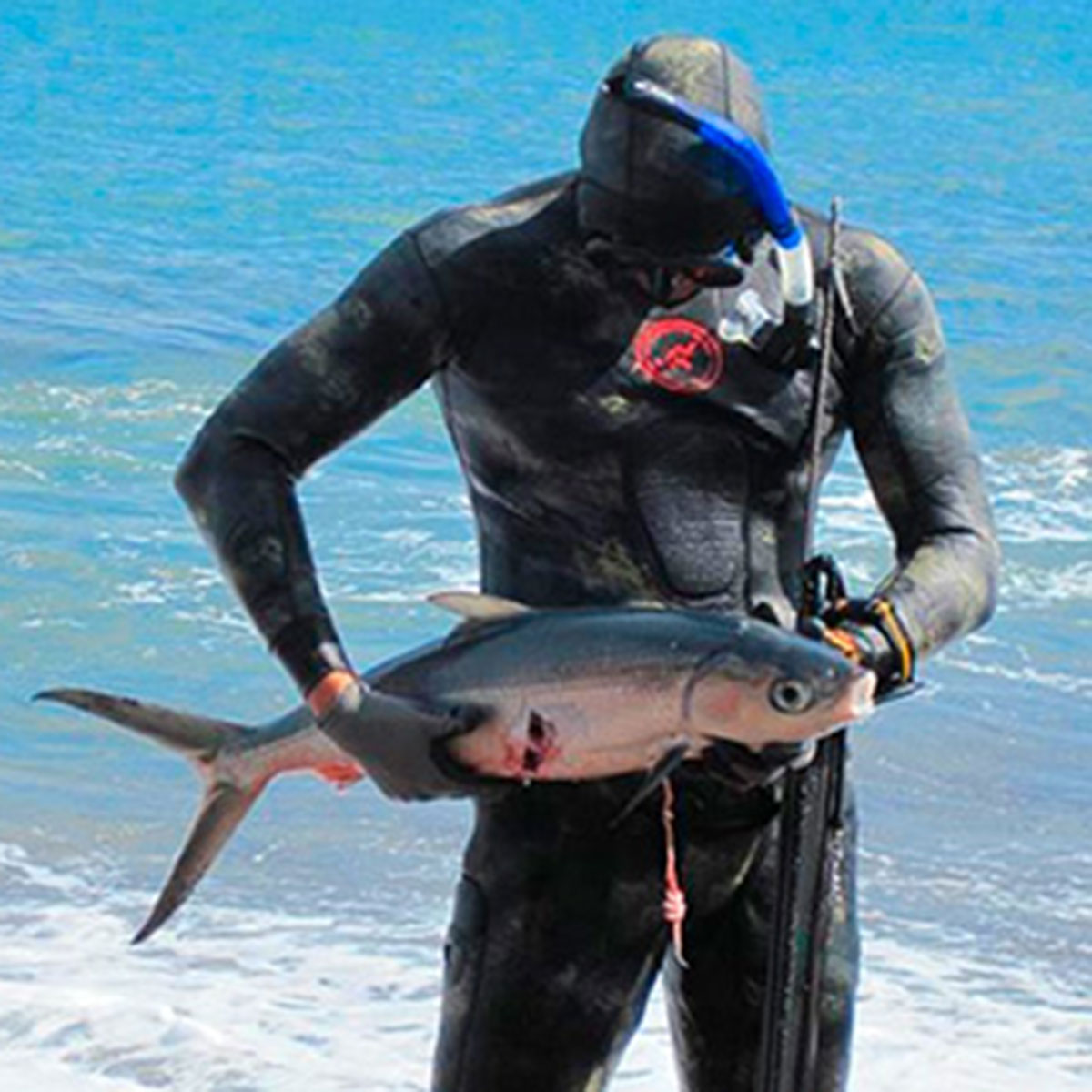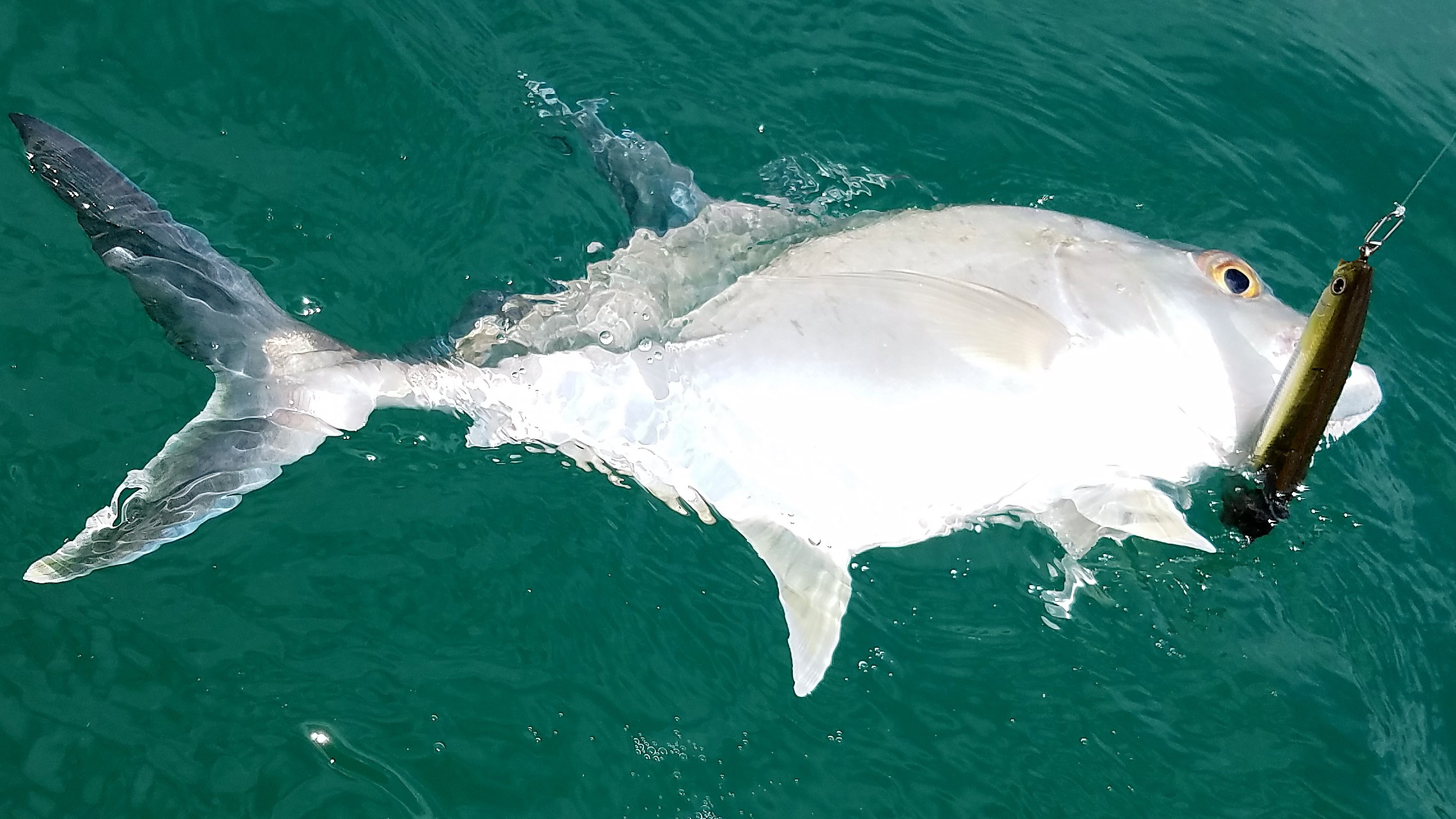
They rely largely on natural sources of food. These consist of large cages suspended in open water. Once this ran out, fertilizer was applied. In 1979, pen culture was introduced in Laguna de Bay, which had high primary production.They so far have shown less susceptibility to disease than shallow ponds. Deep ponds (2–3 m) have more stable environments and their use began in 1970. They are usually excavated from nipa or mangrove areas and produce about 800 kg/ha/yr. These are shallow (30–40 centimetres (12–16 in)), brackish ponds with benthic algae, usually used as feed. Shallow ponds are found mainly in Indonesia and the Philippines.The three methods of outgrowing are pond culture, pen culture, and cage culture. The Philippines has integrated nurseries with grow-out facilities and densities of about 1000/L. Indonesia achieves similar densities, but has more backyard-type nurseries. Milkfish nurseries in Taiwan are highly commercial and have densities of about 2000/L. However, the experience required by labour for semi-intensive hatcheries is higher than intensive. Semi-intensive methods are more profitable at US$6.67 per thousand fry in 1998, compared with $27.40 for intensive methods. They can either be intensive or semi-intensive. Milkfish hatcheries, like most hatcheries, contain a variety of cultures, for example, rotifers, green algae, and brine shrimp, as well as the target species. Some still use the traditional wild stock method - capturing wild fry using nets. However, attempts have been made using gonadotropin-releasing hormone analogue (GnRH-A) to induce spawning. This is mainly done using natural environmental cues. Once they reach 6 kg (13 lb), (eight years), 3–4 million eggs are produced each breeding cycle.

Milkfish reach sexual maturity at 1.5 kg (3.3 lb), which takes five years in floating sea cages, but eight to 10 years in ponds and tanks. Milkfish aquaculture in fish ponds in Cardona, Rizal, the Philippines.įry are raised in either sea cages, large saline ponds (Philippines), or concrete tanks (Indonesia, Taiwan). Females spawn at night up to 5 million eggs in saline shallow waters. The young fry live at sea for two to three weeks and then migrate during the juvenile stage to mangrove swamps, estuaries, and sometimes lakes, and return to sea to mature sexually and reproduce. They tend to school around coasts and islands with coral reefs. These fishes generally feed on algae and small invertebrates. There are numerous fine intramuscular bones, which may complicate human consumption of the fish (see "Consumption" below). They have 13-17 dorsal soft rays, 8-10 anal soft rays and 31 caudal fin rays. The body is olive green, with silvery flanks and dark bordered fins. They have an elongated and almost compressed body, with a generally symmetrical and streamlined appearance, one dorsal fin, falcate pectoral fins and a sizable forked caudal fin. They can reach a weight of about 14 kg (31 lb). The milkfish can grow to 1.80 m (5 ft 11 in), but are most often no more than 1 m (39 in) in length. They also frequently enter estuaries and rivers. Milkfishes commonly live in tropical offshore marine waters around islands and along continental shelves, at depths of 1 to 30 m.

Ĭhanos chanos occurs in the Indian Ocean and across the Pacific Ocean, from South Africa to Hawaii and the Marquesas, from California to the Galapagos, north to Japan, south to Australia.

Milkfish is also called bandeng or bolu in Indonesia. In the Nauruan language, it is referred to as ibiya. It is called bangús in the Philippines, where it is popularly known as the national fish, although the National Commission for Culture and the Arts has stated that this is not the case as it has no basis in Philippine law. The Hawaiian name for the fish is awa, and in Tahitian it is ava. The repeating scientific name ( tautonym) is from Greek khanos ( χάνος ‘mouth’). However, there are at least five extinct genera from the Cretaceous. The milkfish ( Chanos chanos) is the sole living species in the family Chanidae. Lutodeira chloropterus (Valenciennes, 1847).


 0 kommentar(er)
0 kommentar(er)
